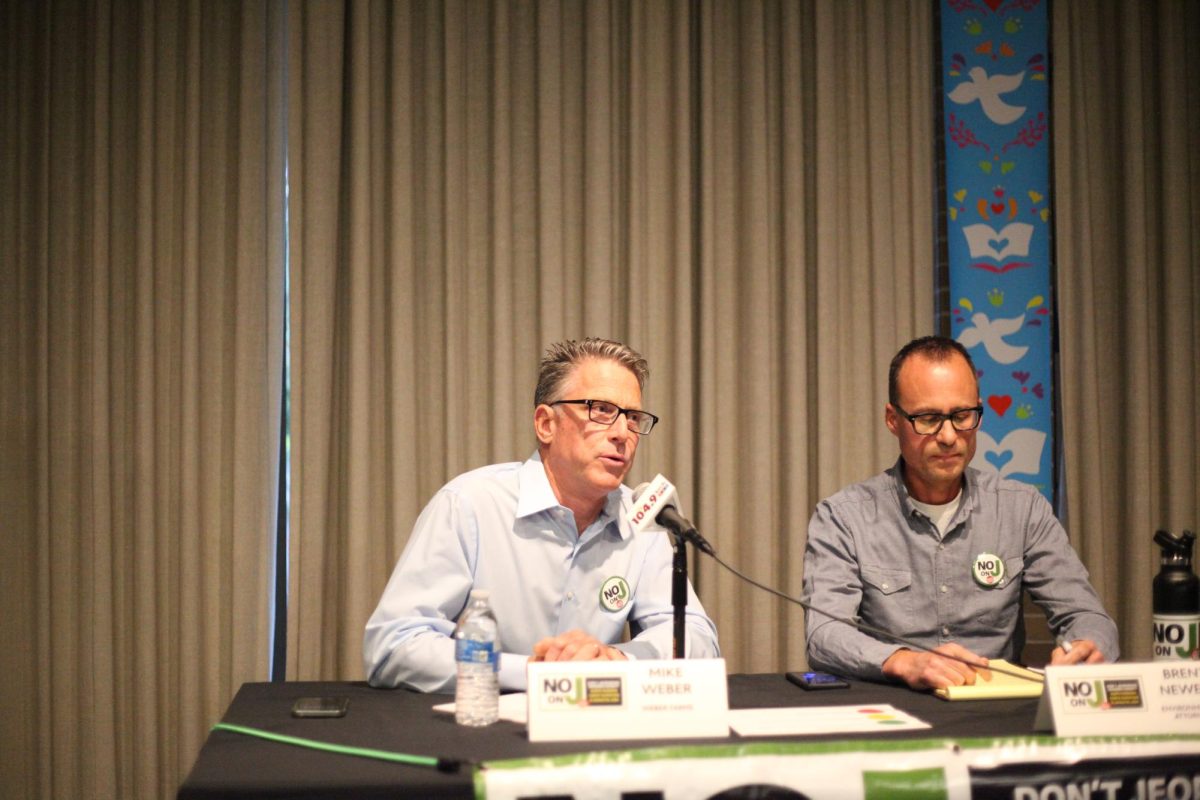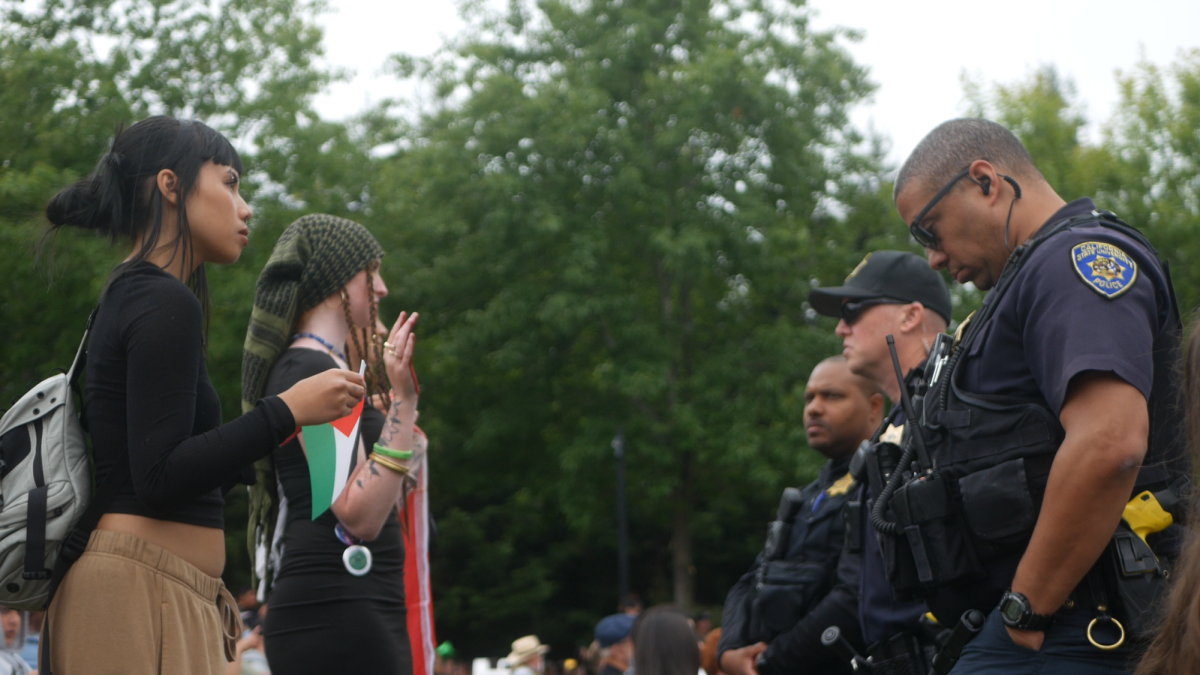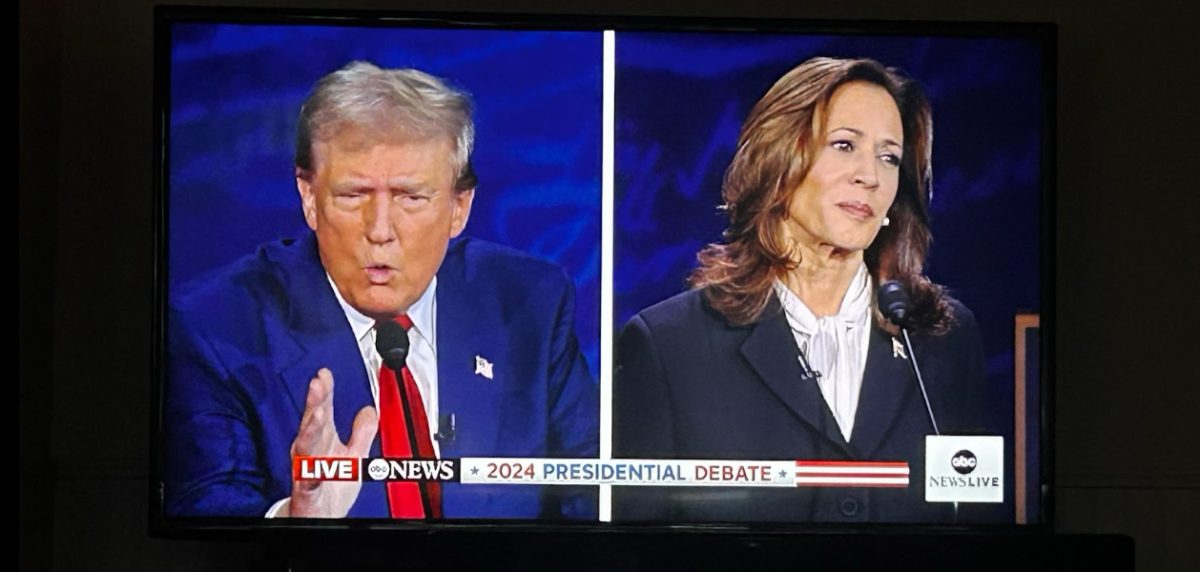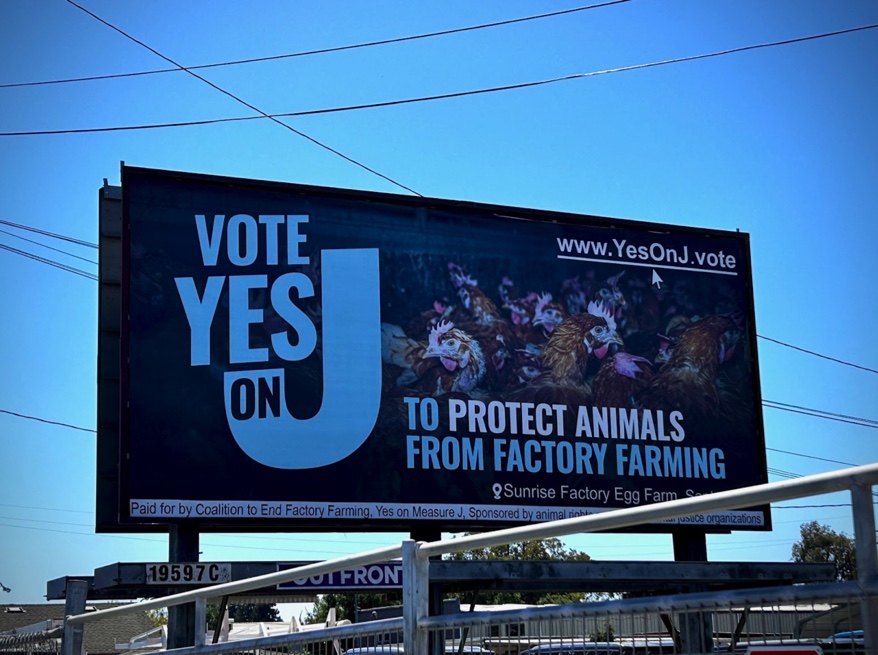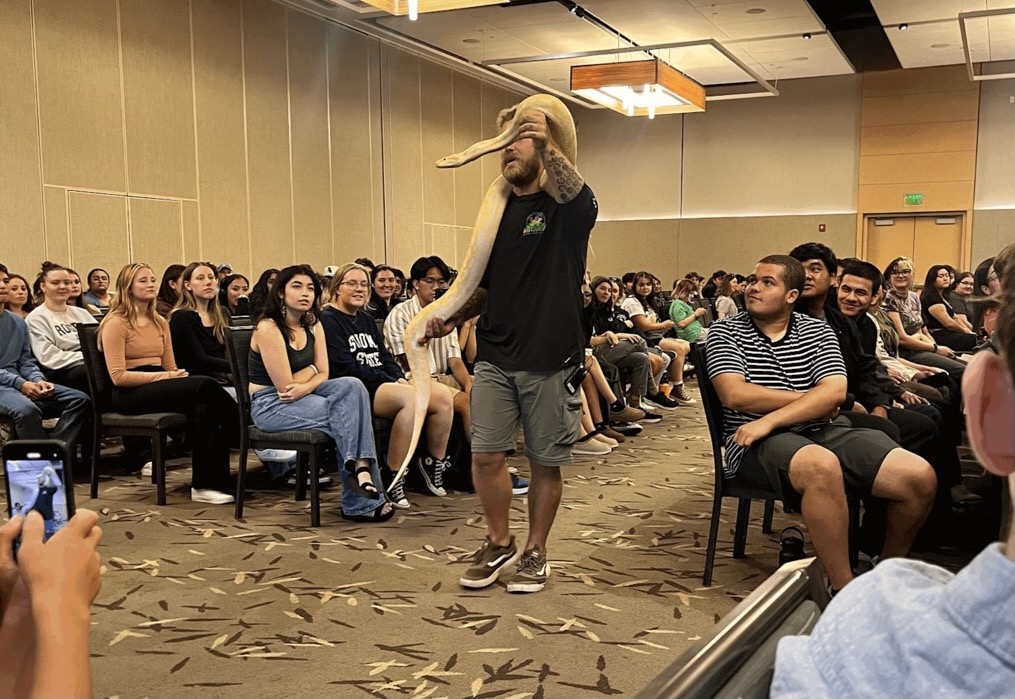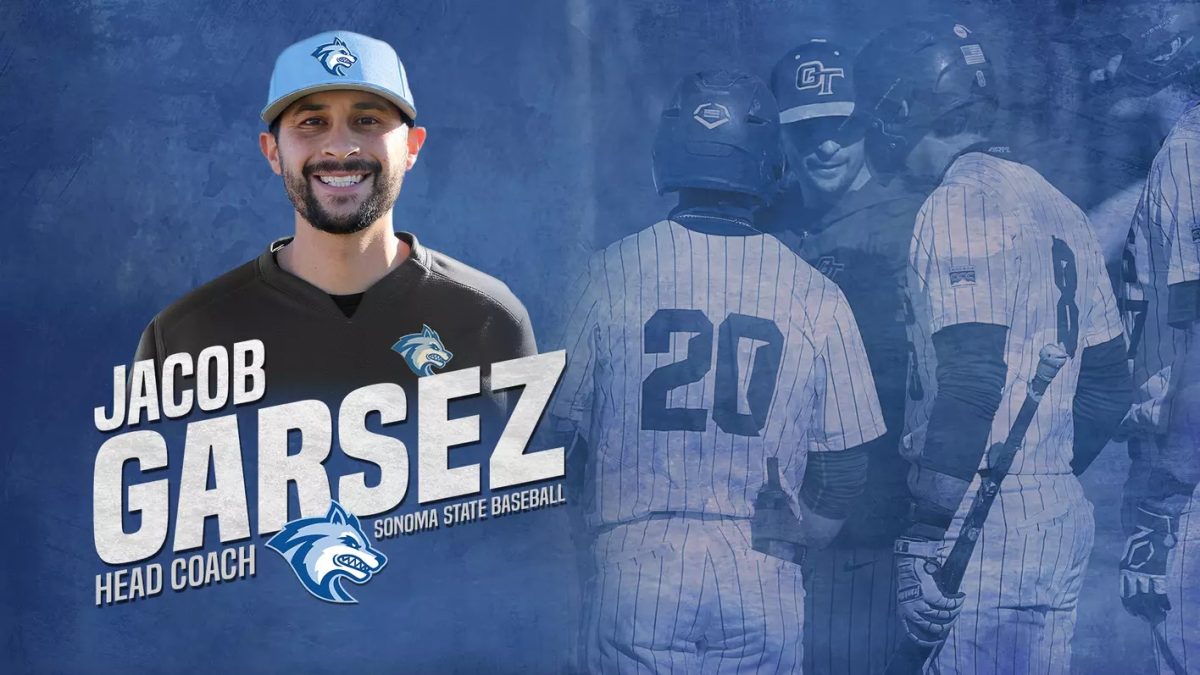About 1,000 veterans gathered at Hampshire College in Amherst, Massachusetts on Nov. 27 to protest the school’s decision to remove all flags from campus, including the American flag. The decision came after an alleged flag-burning took place earlier that week in response to President-elect Donald Trump’s win.
Two days later, Trump tweeted his response to the flag-burners and protesting veterans.
“Nobody should be allowed to burn the American flag,” Trump tweeted on Nov. 29 “If they do, there should be consequences – perhaps loss of citizenship or year in jail!”
Contrastingly, Veteran Jerry Maguire who was a participant in the protest told local news channel WWLP-TV, “They took down my flag, they have a right to that, I’m here to defend their right to that but I want them to understand how bad that hurts me.”
Perhaps this tweet is just another example of the inflammatory and controversial rhetoric that Americans should come to expect from Trump in his coming years as president. However, a suggestion such as this represents more than Trump’s usual debauchery.
Trump is not the first politician standing to criminalize flag-burning. His rival through the course of this election, Hillary Clinton, co-sponsored a bill to ban the burning of the American flag while in Senate in 2005. The bill was to equate the burning of the American flag with the burning of the cross, which can be prosecuted as a violation of civil rights. Needless to say, the bill failed to pass.
However, flag burning has been ruled in many cases as “symbolic speech” falling under the American First Amendment right.
One of the more noteworthy examples was the 1989 5-4 Texas v. Johnson Supreme Court decision, in which even the late and notoriously republican Justice Antonin Scalia sided with the flag-burning protester.
In this suggestion to criminalize flag-burning, Trump is not only ignoring the Supreme Court protected right to burn the American flag as symbolic speech but, as Politico pointed out in a recent article, Trump is also ignoring the 1958 Supreme Court decision that ruled stripping of citizenship is a form of cruel and unusual punishment.
Moreover, the passing of a bill banning flag burning is highly unlikely. As Michigan Representative Justin Amash of the House Freedom Caucus put it in his tweet responding to Trump on Nov. 29, “Nobody should burn the American flag, but our Constitution secures the right to do so. No president is allowed to burn the First Amendment.”
What’s most jarring, or frankly redundant about Trump’s tweet is how it fits in with the rest of his rhetoric. In true Nixonian fashion, Trump has revealed a pattern of efforts to silence his critics and dissenters by inciting controversy in the guise of American patriotism.
Trump’s tweet comes as a reminder and a strong slap in the face that he doesn’t like to be critiqued and will go out of his way, even with his shiny new President-elect platform, to try to silence those who oppose him. And that is exactly why many people are protesting his election so drastically.
It’s time for Trump to step up and mend the wounds of a divided nation, rather that adding fuel to the fire. Isn’t that his job for the next four years anyway?
Categories:
First Amendment protects flag burning, like it or not
Jahred Nunes, Staff Writer
•
December 7, 2016
Donate to Sonoma State Star
Your donation will support the student journalists of Sonoma State University. Your contribution will allow us to purchase equipment and cover our annual website hosting costs.
More to Discover

